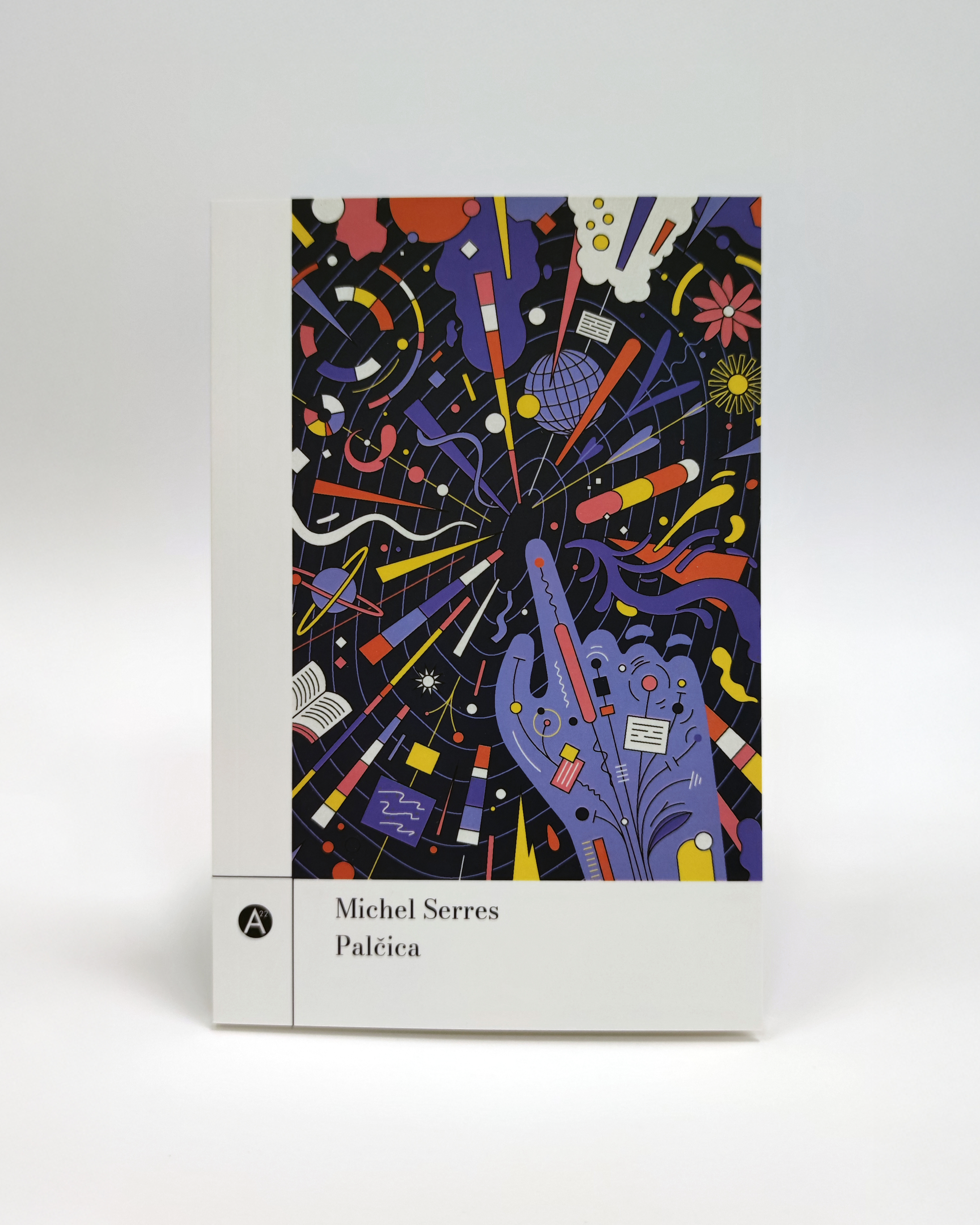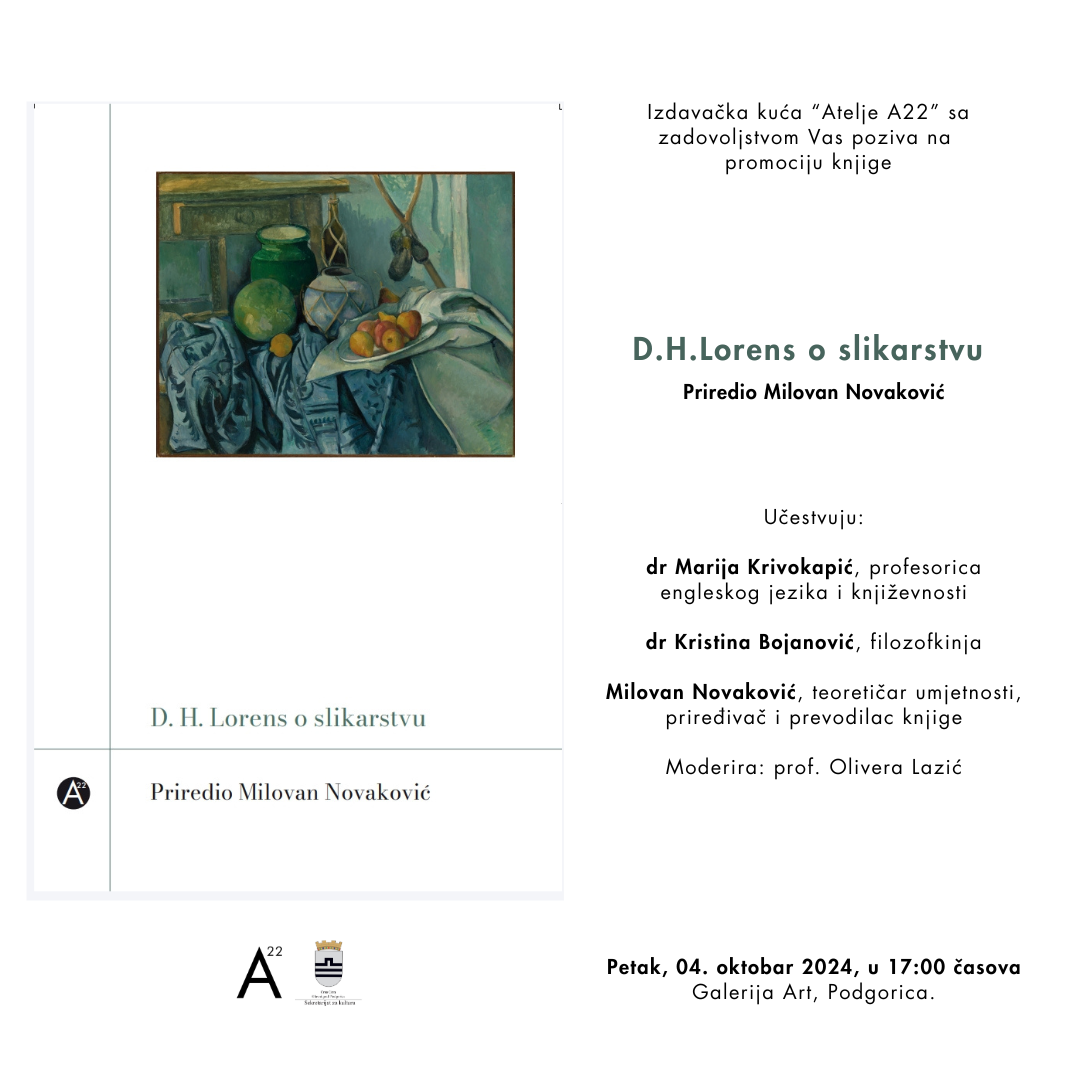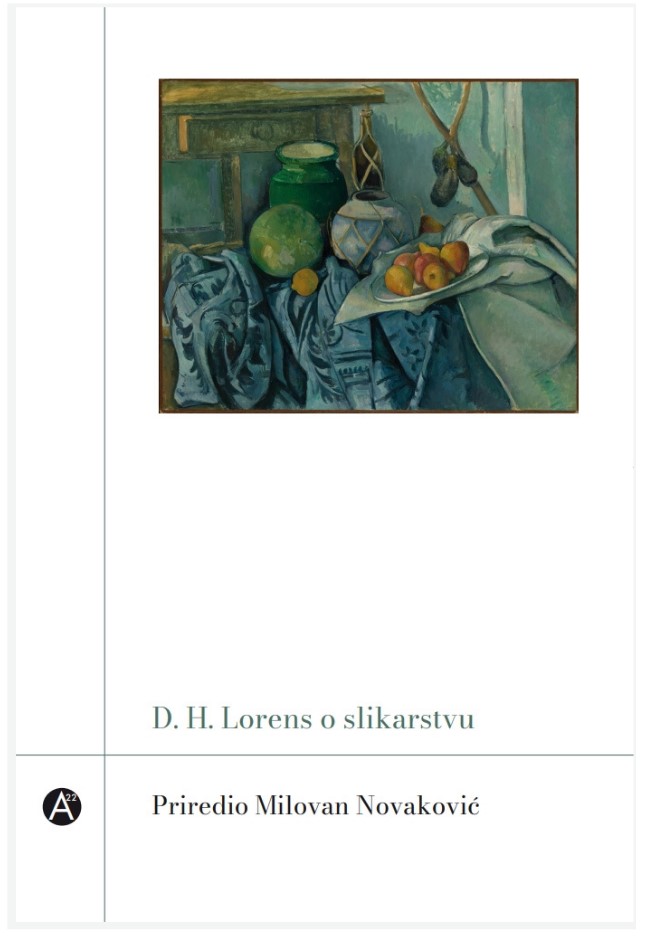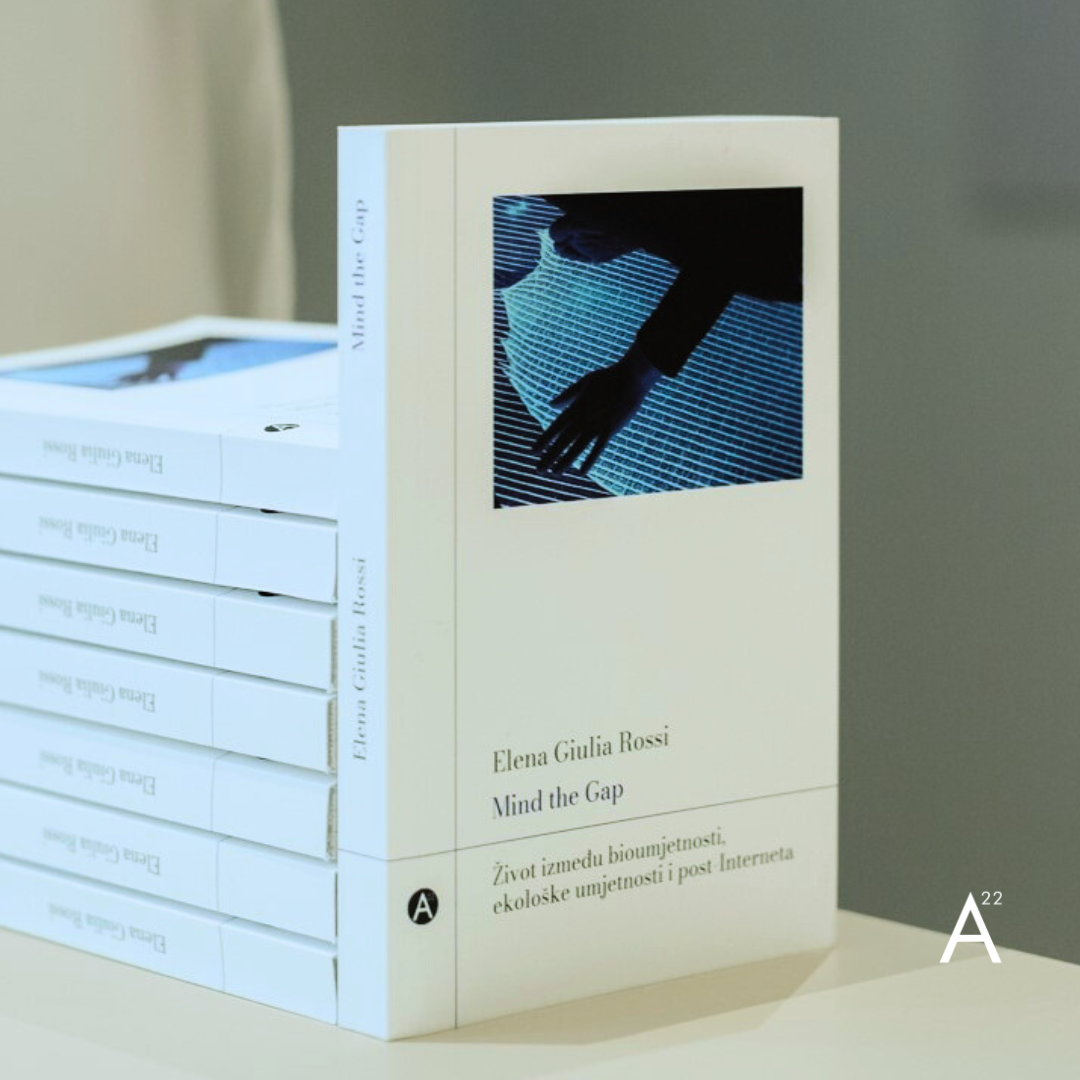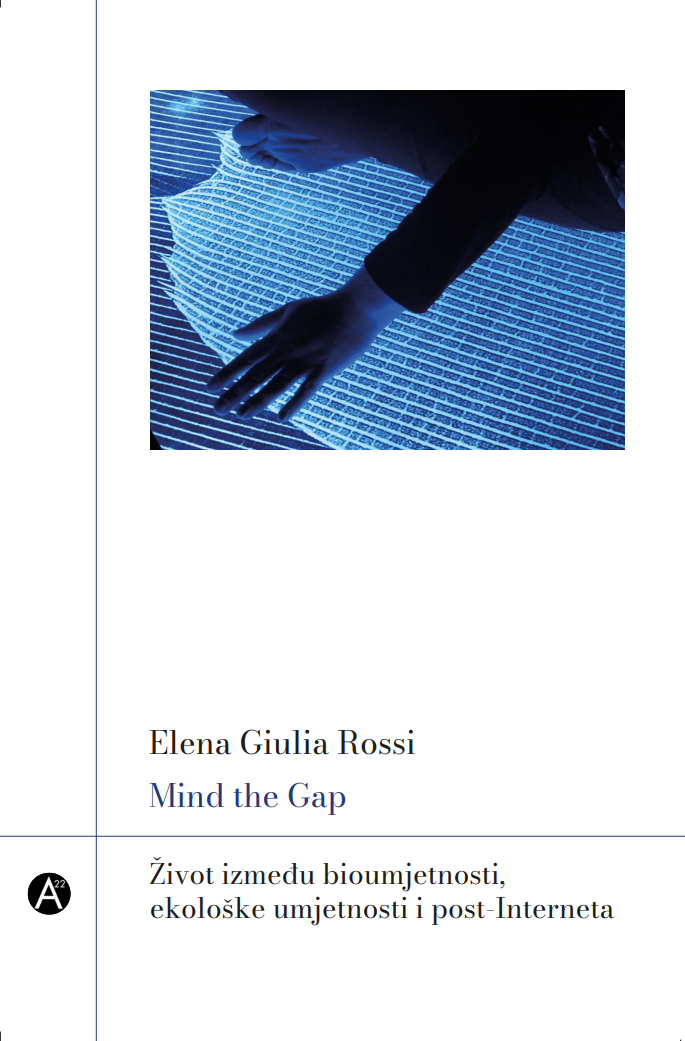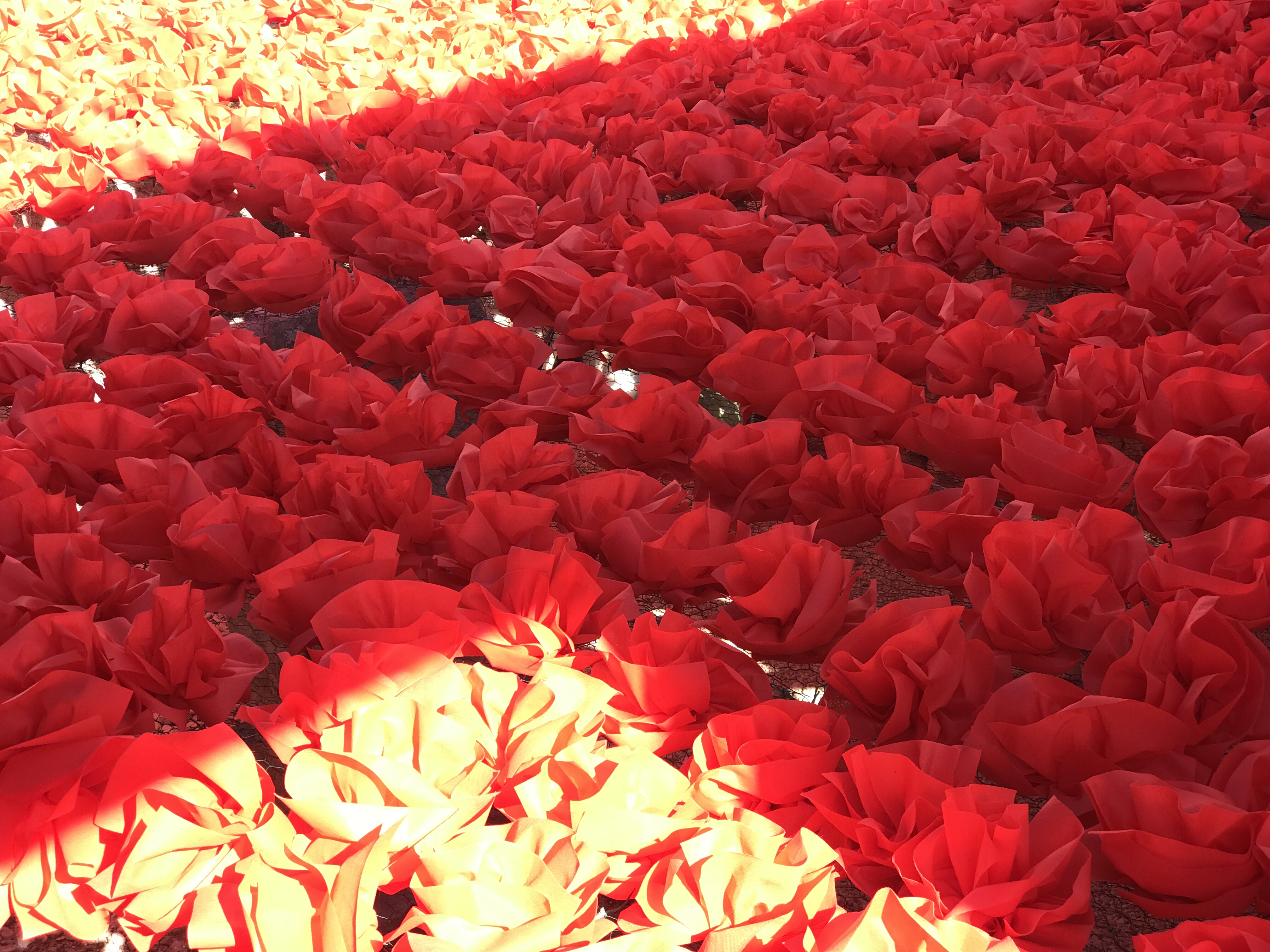Upon entering the space, we are met with the work of Šejla Kamerić, who continues to build her aesthetic of remembrance, deeply rooted in her own experience of war. Her works in this exhibition are not explicit representations of violence, but rather incisions into the everyday—gestures that are as delicate as they are politically charged. By refusing to depict trauma and instead sustaining its silence, Kamerić does not offer an image, but opens a space of absence. Within this framework, resistance is not an act of negation; it is the persistence of remaining in a world that has lost its continuity.
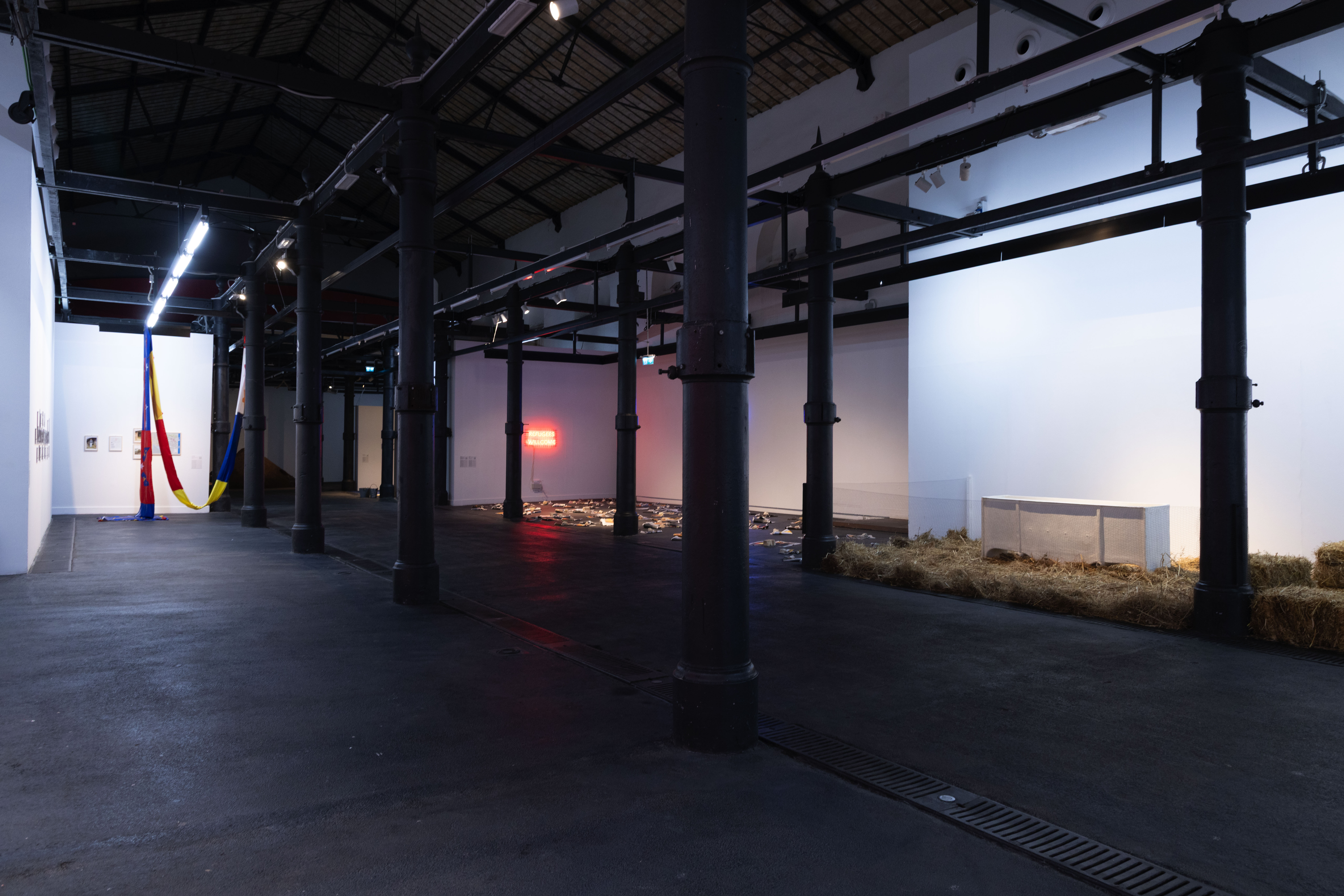
The exhibition Spaces of Resistance - Spazi di Resistenza opens in Rome
Padiglione 9b, Mattatoio
curator: Benedetta Carpi De Resmini
12 September – 12 October 2025
Spaces of Resistance: on anthropology of presence
Located withn Padiglione 9b of Rome's Mattatoi, the area of the former slaughterhouse, the exhibition Spazi di Resistenza grapples with a central paradox of contemporary art: how to display (and represent) unexhibitable phenomena like pain, loss, memory...that what remains after the war. The exhibition , curated by Benedetta Carpi De Resmini, is conceived as a network of memory and sensual gestures, which does not build a narrative about the past but maps traces of survival; as a process of healing, facing and constantly questioning the boundaries of ethical and aesthetic.On the occasion of thirty years since the war in Bosnia and Herzegovina, the siege of Sarajevo and the genocide in Srebrenica, this exhibition does not intend to reconstruct history, but rather to map traces of survival through the quiet persistence of individual (art)works. Earth, water, grass, ash, sound and breathing are some of the elements of resistance that permeate the works of six artists: Šejla Kamerić, Smirna Kulenović, Mila Panić, Romina De Novellis, Simone Barzaghi and Gea Casolaro.
The Mattatoia's repurposed industrial space, with its embodied memory of labor and flesh, functions as a powerful metaphor for the post-socialist condition. Here, art is not merely displayed but deposited, forming a stratigraphy of memory. Thus why the installations of Spazi di Resistenza act as layers in this "archaeological" field, required to be perceived somatically rather than just optically.
Installation view, Spazi di Resistenza, Mattatoio, Padiglione 9B, Rim. Courtesy of: Latitudo Art Projects. © Monkeys Video Lab.
Installation view. Down to Earth, 2025 (detail), Smirna Kulenović. Spazi di Resistenza, Mattatoio, Padiglione 9B, Rim. Courtesy of: Latitudo Art Projects. © Monkeys Video Lab.
Installation view, Šejla Kamerić. Spazi di Resistenza, Mattatoio, Padiglione 9B, Rim. Courtesy of: Latitudo Art Projects. © Monkeys Video Lab.
In Smirna Kulenović's work, the earth is not a metaphor but a pulsating material. A pile of soil, exhibited in the center of the space, emits an inner sound; to hear it, visitors must bend down, almost to bow. This act of bending is not merely a physical gesture but a ritual correction: the audience must humble themselves in front of something that transcends reason; in front of memory. The sound that emanates from the earth's center establishes a relationship of listening rather than seeing, of presence rather than interpretation. In this physical proximity between body and ground, Kulenović erases the boundary between the living and the inanimate, between a person and the space that shapes them.
Installation view. Spazi di Resistenza, Mattatoio, Padiglione 9B, Rim. Cortesy of: Latitudo Art Projects. © Monkeys Video Lab.

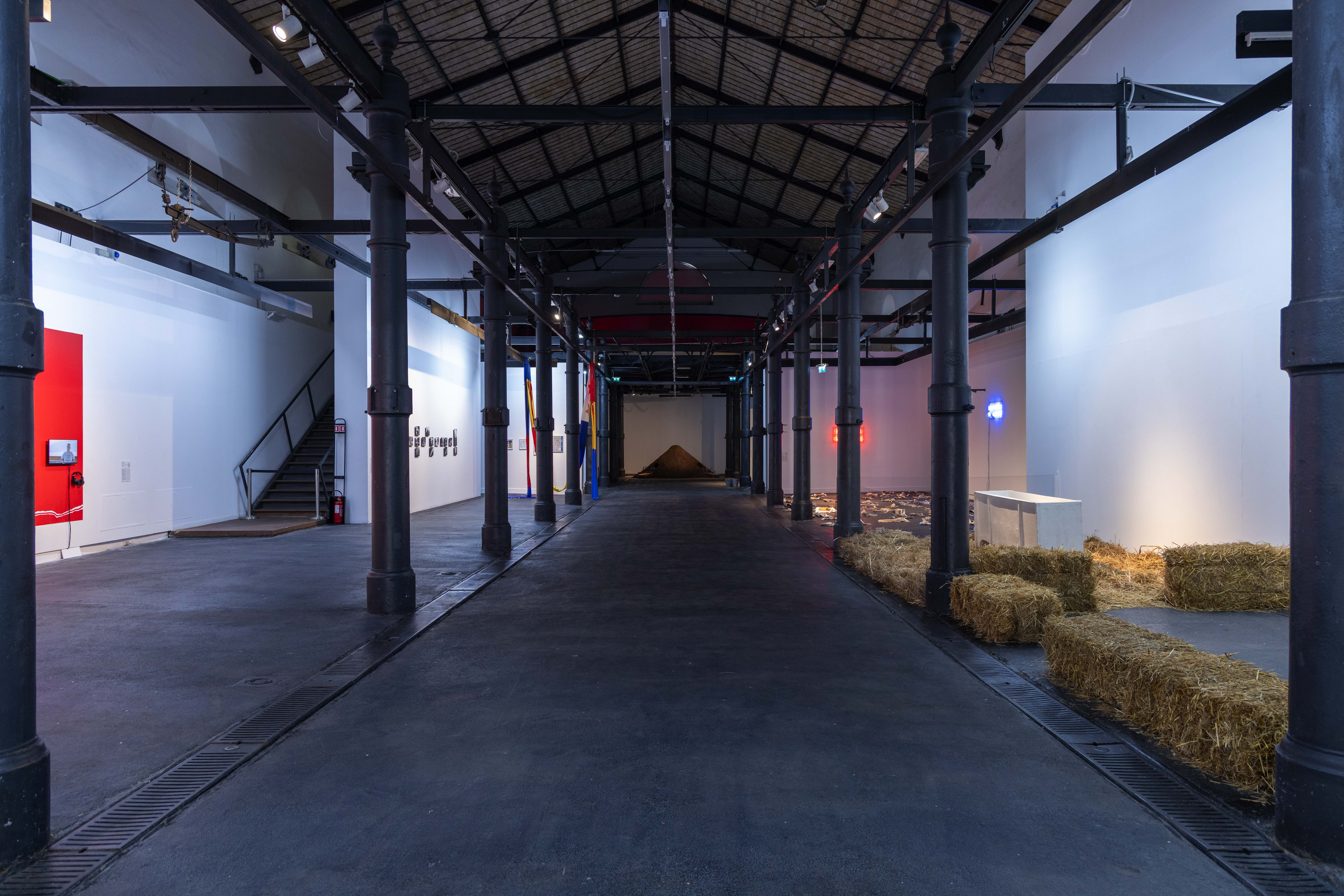 />
/>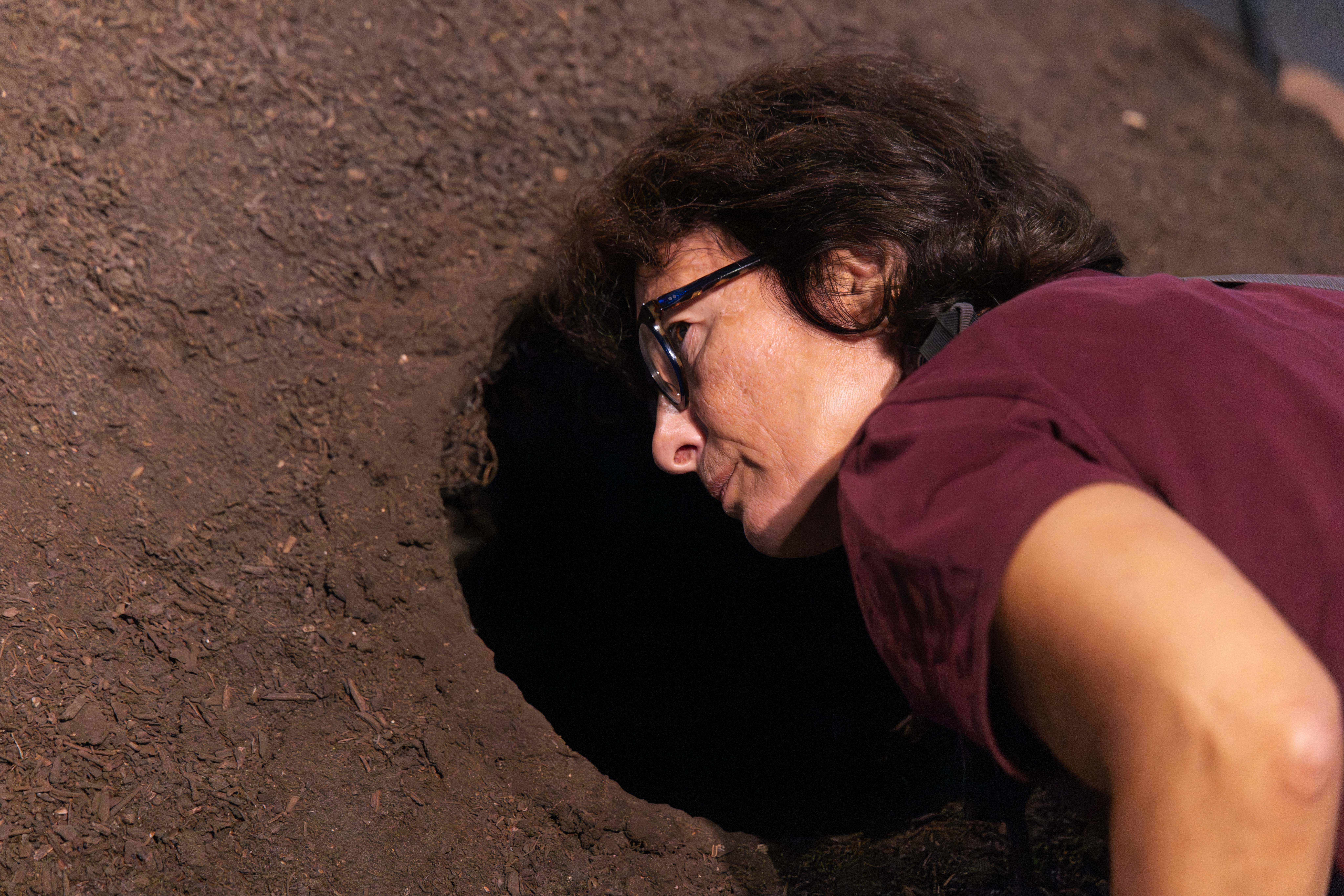 />
/>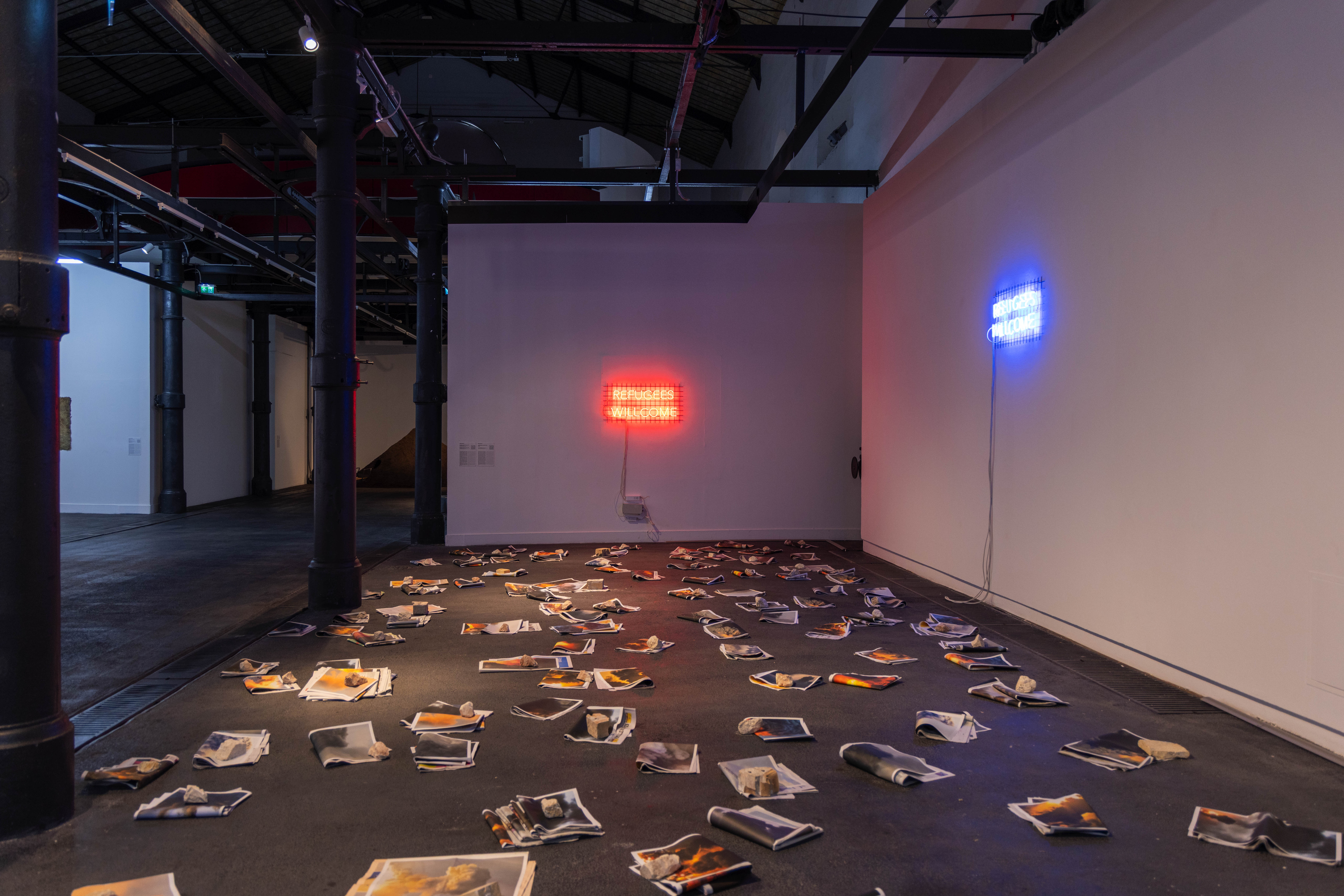 />
/>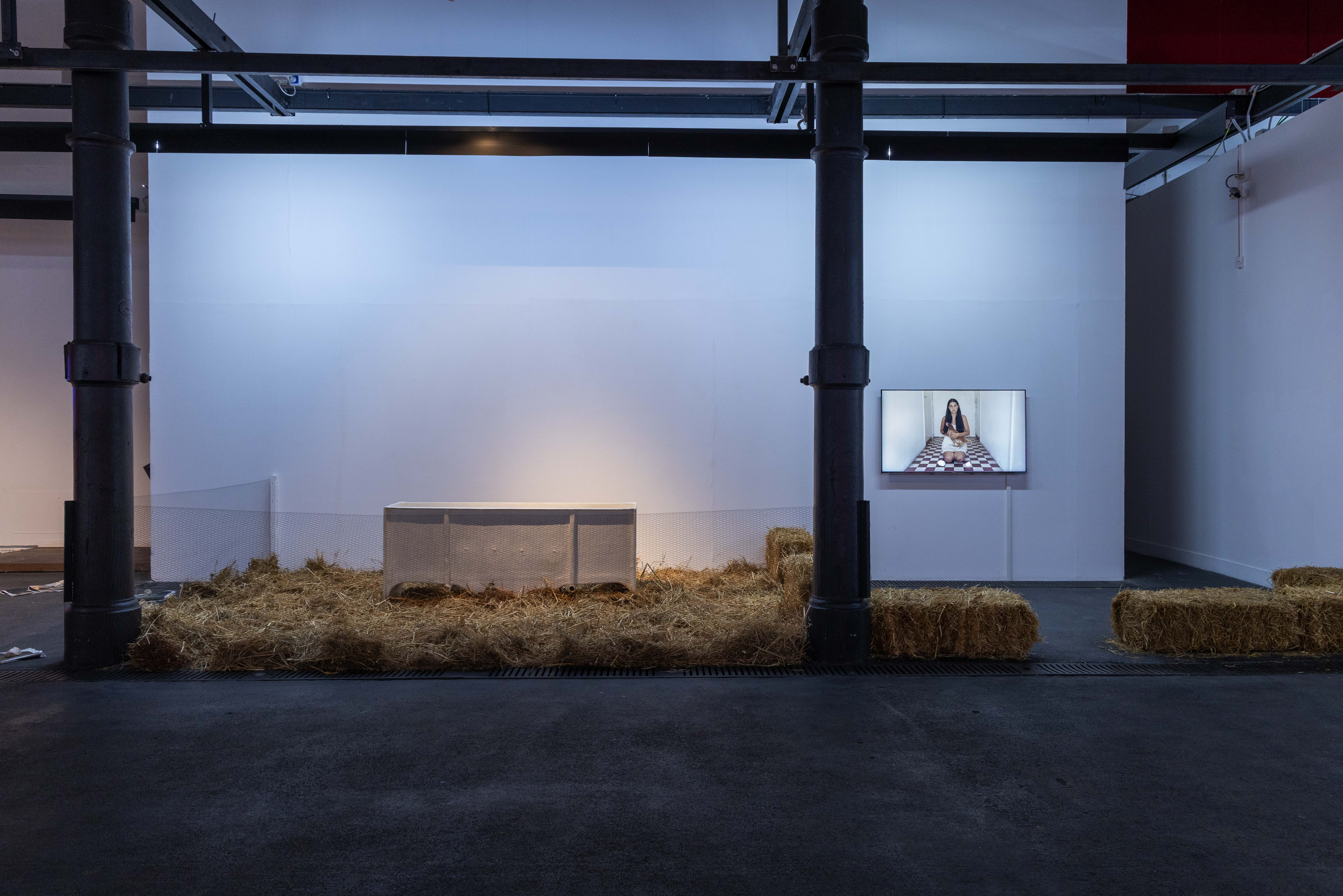 />
/>